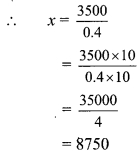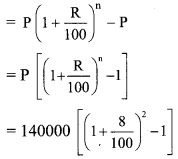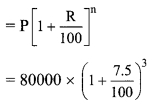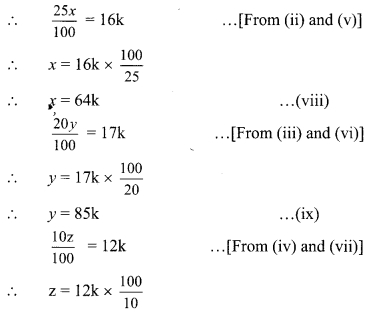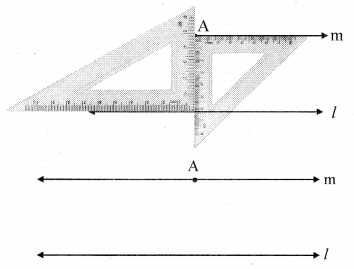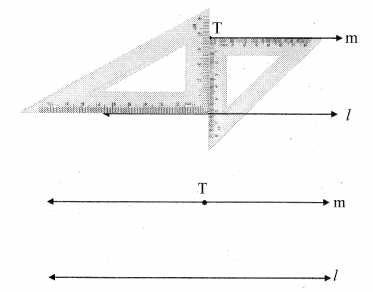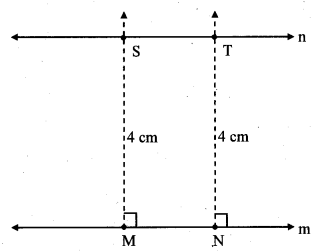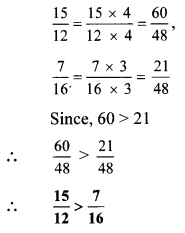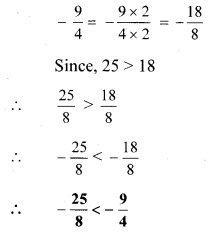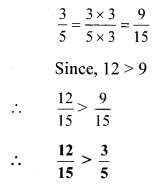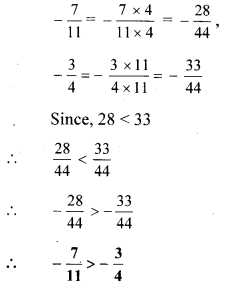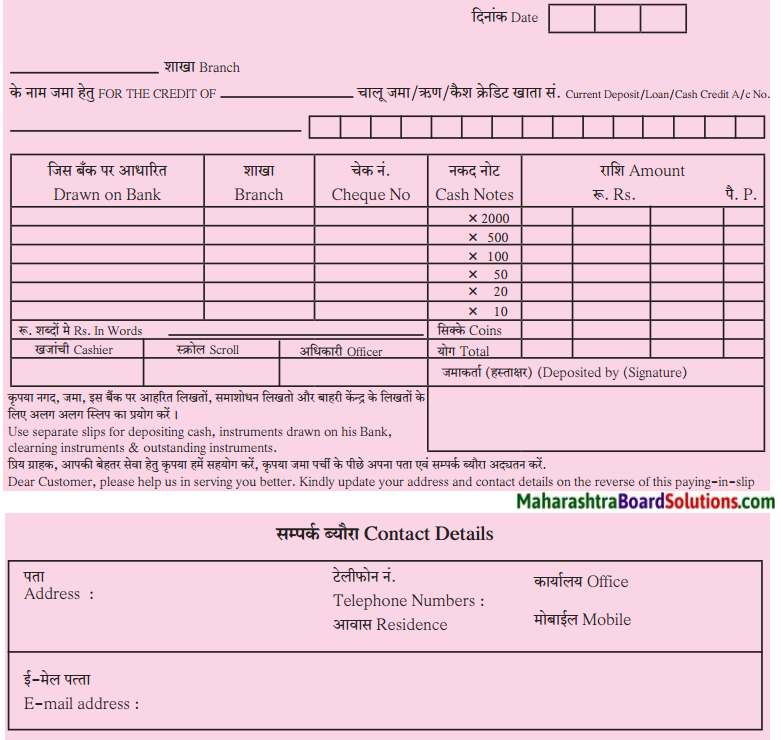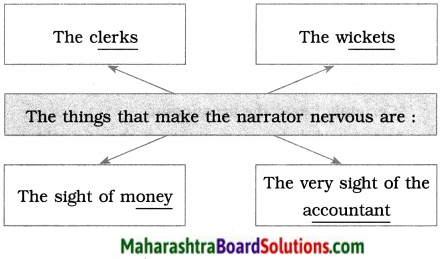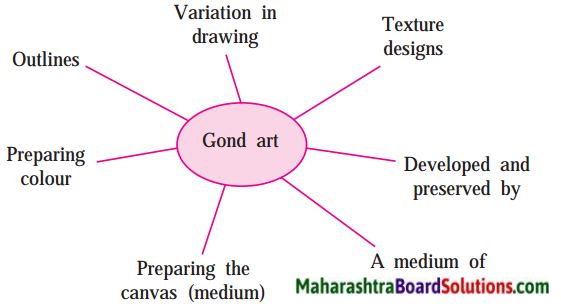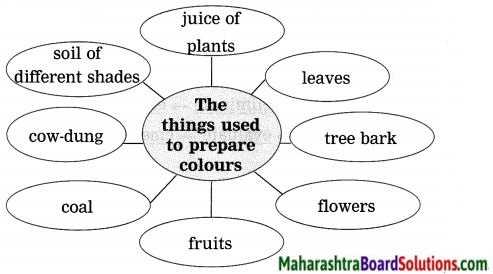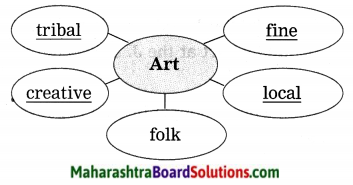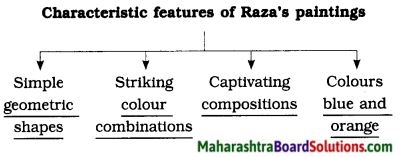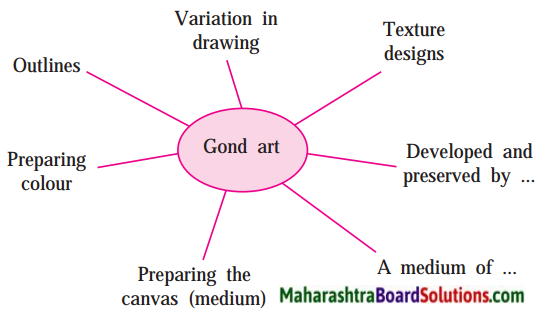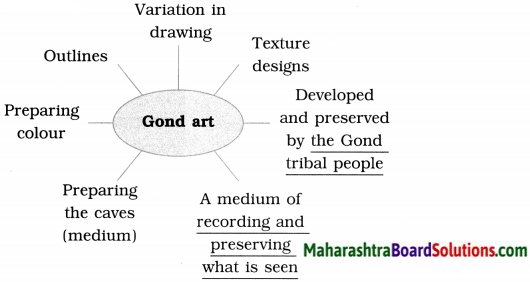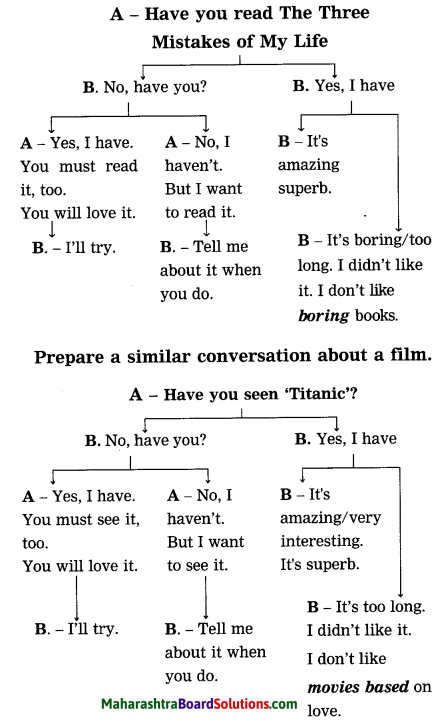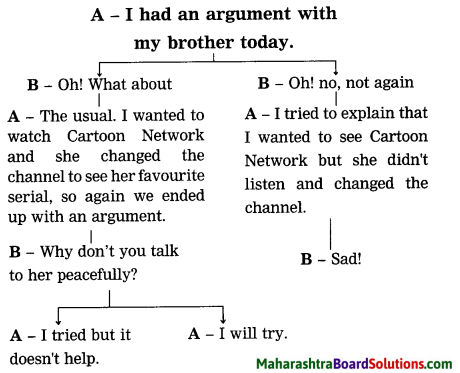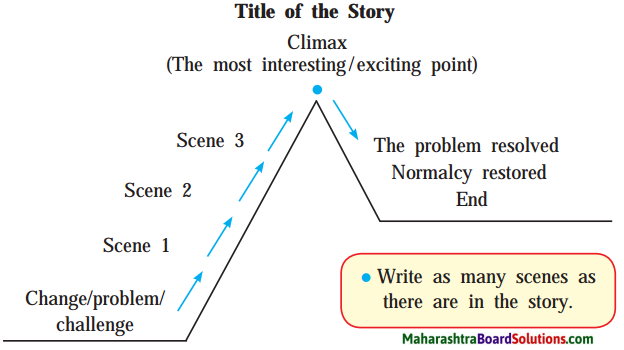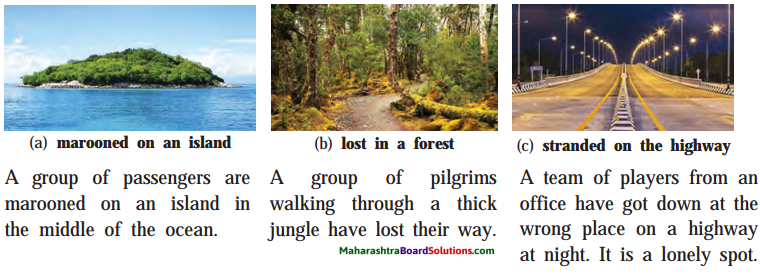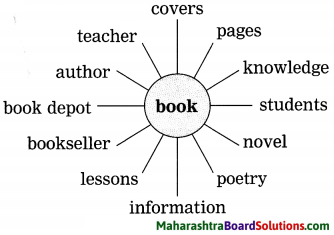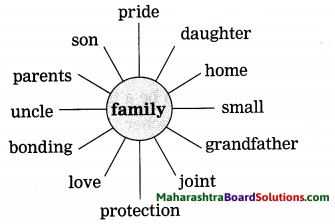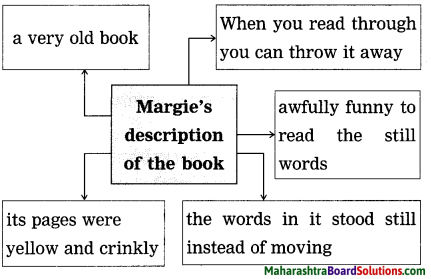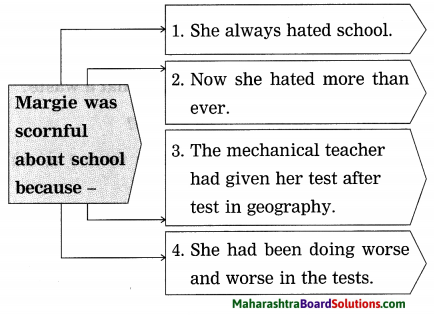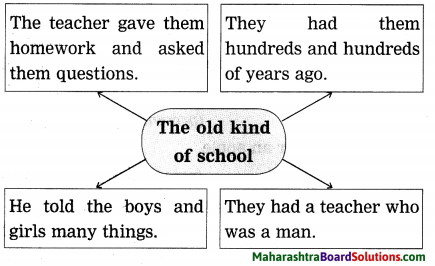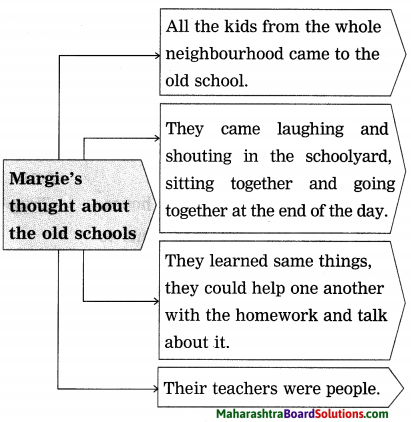9th Standard Maths 1 Practice Set 1.1 Chapter 1 Sets Textbook Answers Maharashtra Board
Balbharti Maharashtra State Board Class 9 Maths Solutions covers the Practice Set 1.1 Algebra 9th Class Maths Part 1 Answers Solutions Chapter 1 Sets.
Class 9 Maths Part 1 Practice Set 1.1 Chapter 1 Sets Questions With Answers Maharashtra Board
Question 1.
Write the following sets in roster form.
i. Set of even natural numbers
ii. Set of even prime numbers from 1 to 50
iii. Set of negative integers
iv. Seven basic sounds of a sargam (sur)
Answer:
i. A = { 2, 4, 6, 8,….}
ii. 2 is the only even prime number
∴ B = { 2 }
iii. C = {-1, -2, -3,….}
iv. D = {sa, re, ga, ma, pa, dha, ni}
Question 2.
Write the following symbolic statements in words.
i. \(\frac { 4 }{ 3 }\) ∈ Q
ii. -2 ∉ N
iii. P = {p | p is an odd number}
Answer:
i. \(\frac { 4 }{ 3 }\) is an element of set Q.
ii. -2 is not an element of set N.
iii. Set P is a set of all p’s such that p is an odd number.
Question 3.
Write any two sets by listing method and by rule method.
Answer:
i. A is a set of even natural numbers less than 10.
Listing method: A = {2, 4, 6, 8}
Rule method: A = {x | x = 2n, n e N, n < 5}
ii. B is a set of letters of the word ‘SCIENCE’. Listing method : B = {S, C, I, E, N}
Rule method: B = {x \ x is a letter of the word ‘SCIENCE’}
Question 4.
Write the following sets using listing method.
i. All months in the Indian solar year.
ii. Letters in the word ‘COMPLEMENT’.
iii. Set of human sensory organs.
iv. Set of prime numbers from 1 to 20.
v. Names of continents of the world.
Answer:
i. A = {Chaitra, Vaishakh, Jyestha, Aashadha, Shravana, Bhadrapada, Ashwina, Kartika, Margashirsha, Paush, Magha, Falguna}
ii. X = {C, O, M, P, L, E, N, T}
iii. Y = {Nose, Ears, Eyes, Tongue, Skin}
iv. Z = {2, 3, 5, 7, 11, 13, 17, 19}
v. E = {Asia, Africa, Europe, Australia, Antarctica, South America, North America}
Question 5.
Write the following sets using rule method.
i. A = {1, 4, 9, 16, 25, 36, 49, 64, 81, 100}
ii. B= {6, 12, 18,24, 30,36,42,48}
iii. C = {S, M, I, L, E}
iv. D = {Sunday, Monday, Tuesday, Wednesday, Thursday, Friday, Saturday}
v. X = {a, e, t}
Answer:
i. A = {x | v = n², n e N, n < 10}
ii. B = {x j x = 6n, n e N, n < 9}
iii. C = {y j y is a letter of the word ‘SMILE’} [Other possible words: ‘SLIME’, ‘MILES’, ‘MISSILE’ etc.]
iv. D = {z | z is a day of the week}
v. X = {y | y is a letter of the word ‘eat’}
[Other possible words: ‘tea’ or ‘ate’]
Question 1.
Fill in the blanks given in the following table. (Textbook pg. no. 3)
Answer:
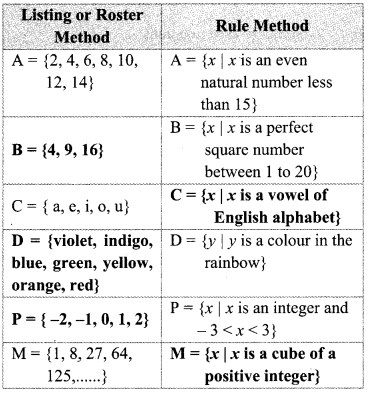
Maharashtra Board Class 9 Maths Solutions
